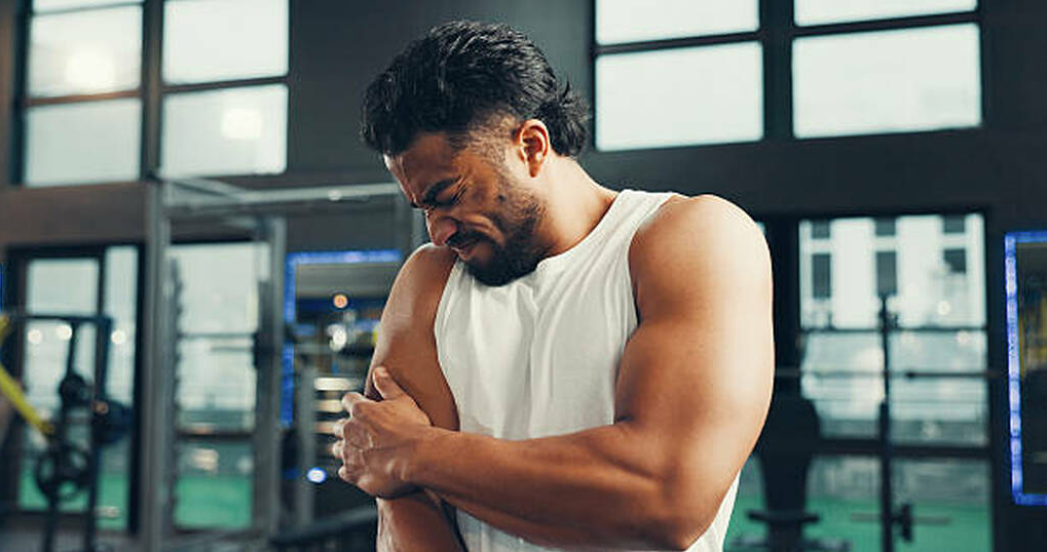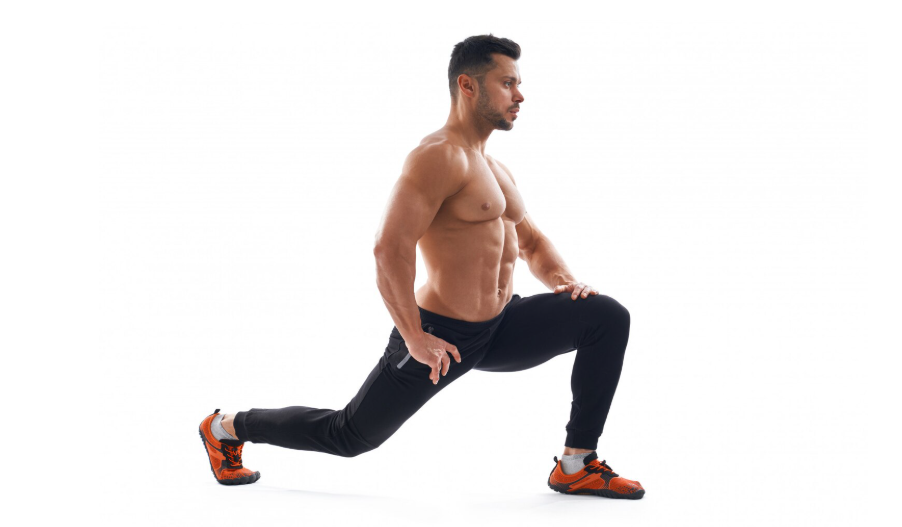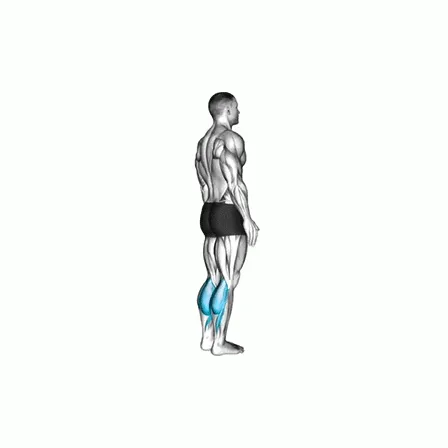Mastering Downward Dog for Home Practice
Downward Dog Pose Instructions
-
Start on All Fours
- Begin on your hands and knees on a mat. Your wrists should be directly under your shoulders and your knees under your hips.
-
Set Your Hands
- Spread your fingers wide and press firmly into the mat. Ensure that your middle fingers are pointing straight ahead or slightly outward.
-
Lift Your Hips
- Tuck your toes under and lift your hips up and back towards the ceiling, straightening your legs as much as possible. Aim to create an inverted V shape with your body.
-
Straighten Your Legs
- Press your heels down towards the mat, but don’t worry if they don’t touch the ground. Keep a slight bend in your knees if needed to avoid straining your hamstrings.
-
Align Your Head
- Keep your head between your upper arms, with your ears aligned with your upper arms. Gaze towards your navel or the back of your legs.
-
Engage Your Core and Legs
- Tighten your core and engage your thigh muscles to stabilize your position. Press through the balls of your feet and the heels to create length in your spine.
-
Hold the Position
- Maintain the pose for the desired amount of time, focusing on steady breathing and alignment.
-
Release and Return
- To come out of the pose, bend your knees and gently lower your hips back down to the mat, returning to the starting position.
Downward Dog Pose Tips
-
Maintain Proper Alignment
- Ensure your hands are shoulder-width apart and your feet are hip-width apart. This helps to distribute weight evenly and prevents excessive strain.
-
Engage Your Core
- Tighten your abdominal muscles to support your spine and help keep your hips lifted.
-
Avoid Hyperextending Your Elbows
- Keep your elbows slightly bent to avoid locking them and placing unnecessary stress on the joints.
-
Press Through Your Hands
- Spread your fingers wide and press firmly into the mat to distribute the weight and protect your wrists.
-
Lengthen Your Spine
- Focus on creating length through your spine rather than just trying to touch your heels to the ground. This helps to avoid rounding your back.
-
Adjust Your Feet Position
- If you find it challenging to straighten your legs, keep a slight bend in your knees. Gradually work towards straightening your legs as flexibility improves.
-
Breathe Deeply
- Maintain a steady, deep breath to help relax into the pose and enhance overall stability.
-
Modify as Needed
- Bent-Knee Downward Dog: If you have tight hamstrings or lower back issues, keep your knees slightly bent to ease the intensity.
- Elevated Downward Dog: Place your hands on an elevated surface (like a bench) to reduce the intensity and make the pose more accessible.
-
Warm Up Before Practicing
- Ensure your body is properly warmed up before performing Downward Dog. Perform some gentle stretches or warm-up exercises to prepare your muscles and joints.
-
Practice Regularly
- Incorporate Downward Dog into your regular practice to improve flexibility, strengthen your arms and legs, and enhance overall body alignment.
















